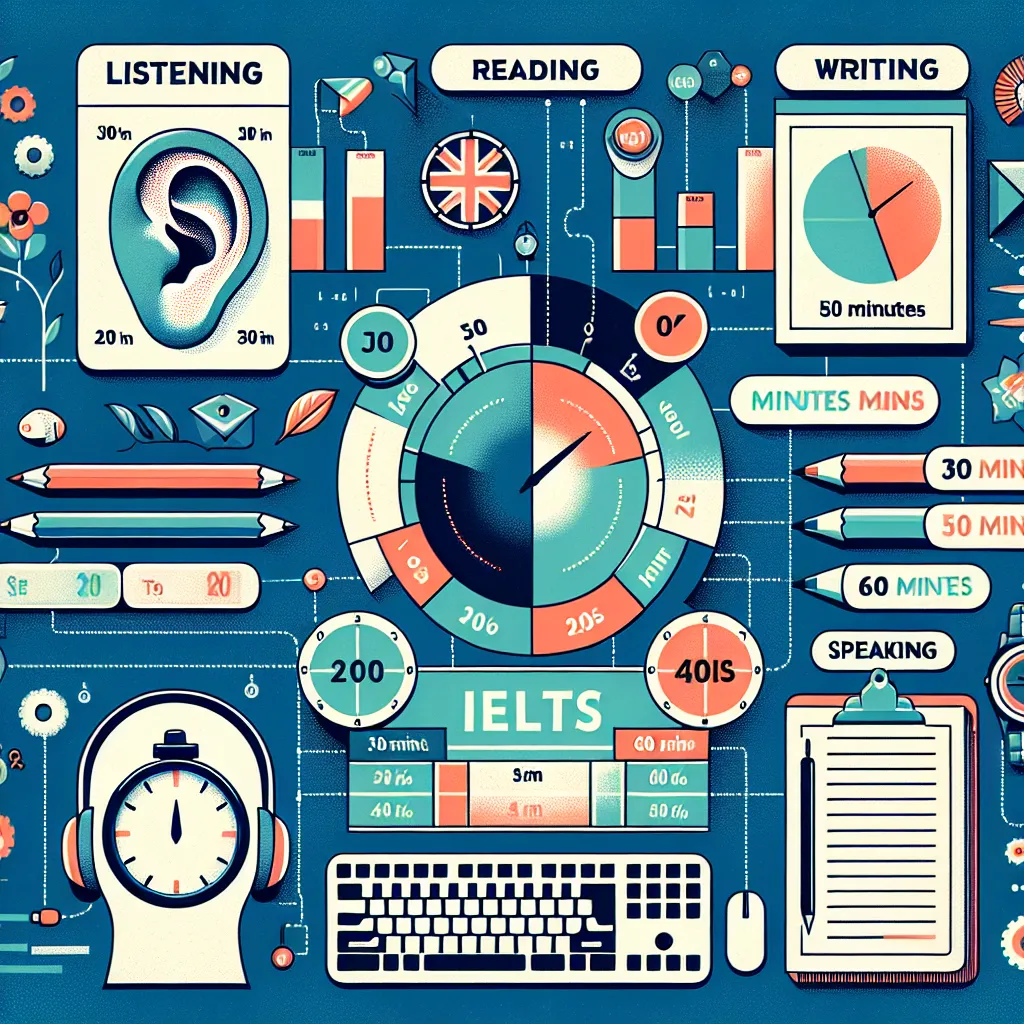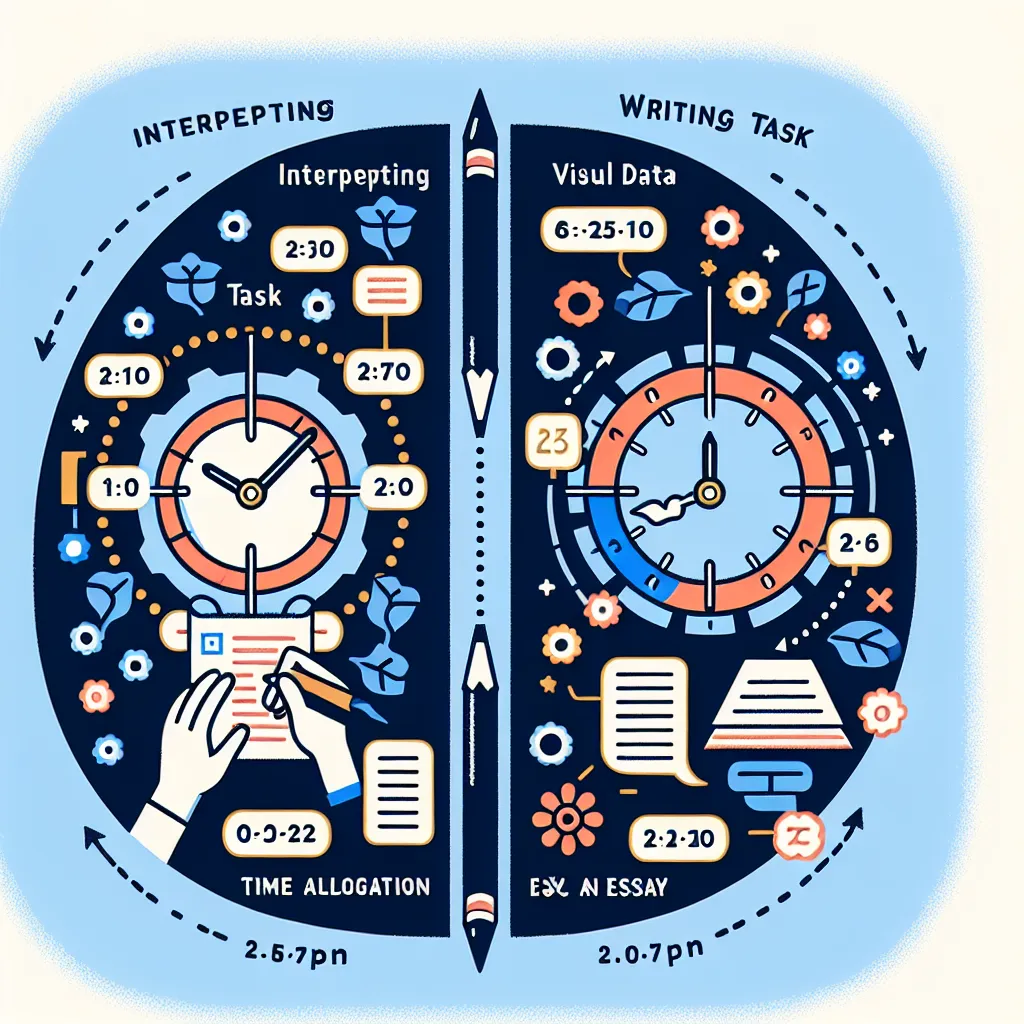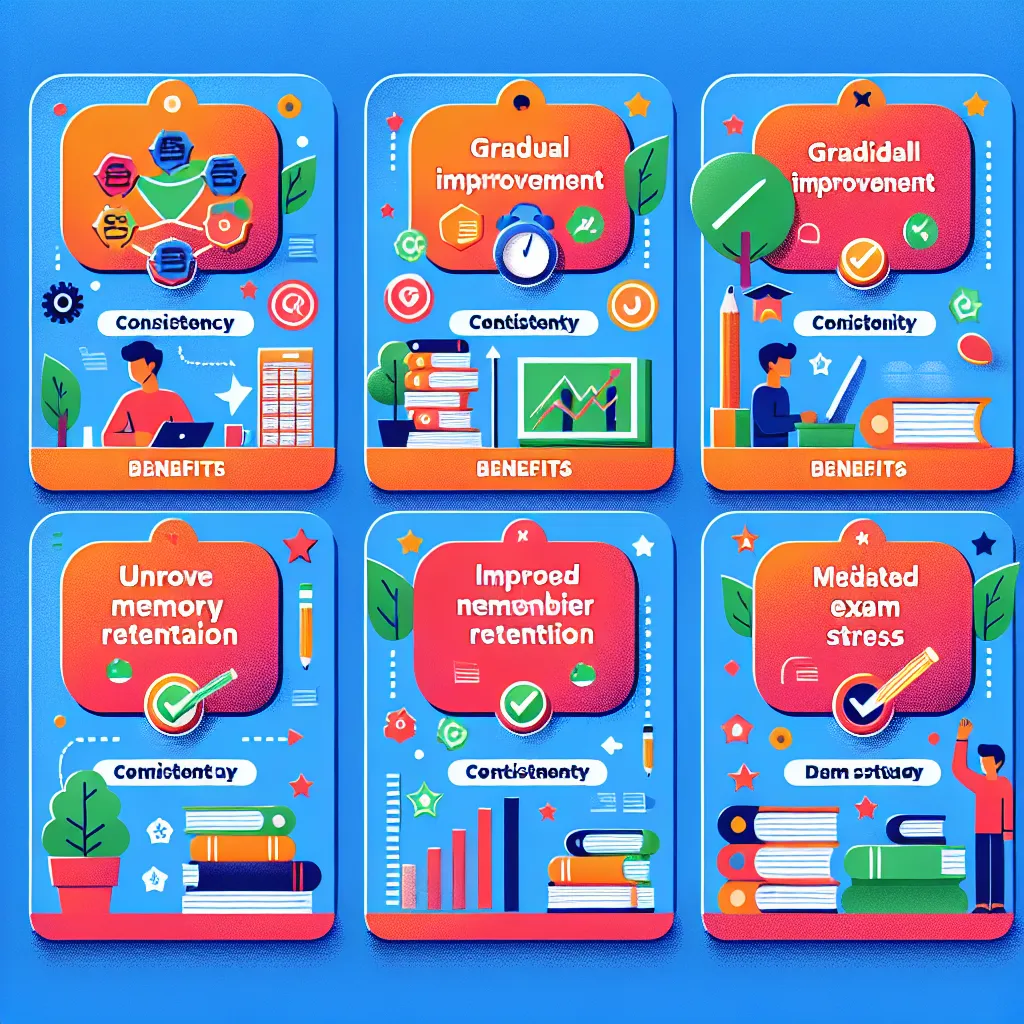Are you preparing for the IELTS exam and wondering about the duration of each section? Understanding the time allocated for each part of the test is crucial for effective preparation and time management during the exam. In this comprehensive guide, we’ll break down the length of each IELTS section, providing you with valuable insights to help you plan your study strategy and perform at your best on test day.
Overview of IELTS Exam Structure
Before we delve into the specifics of each section’s duration, let’s briefly review the overall structure of the IELTS exam. The test consists of four main sections:
- Listening
- Reading
- Writing
- Speaking
The total test time is approximately 2 hours and 45 minutes for the Listening, Reading, and Writing sections, which are completed together. The Speaking section is conducted separately, often on a different day.
 IELTS Exam Structure
IELTS Exam Structure
Listening Section: 30 Minutes + 10 Minutes Transfer Time
The Listening section is the first part of the IELTS exam and lasts for 30 minutes. During this time, you’ll listen to four recordings and answer questions based on what you hear. The recordings include:
- A conversation between two people in an everyday social context
- A monologue set in an everyday social context
- A conversation between up to four people in an educational or training context
- A monologue on an academic subject
After the 30-minute listening period, you’ll have an additional 10 minutes to transfer your answers to the answer sheet. This extra time is crucial for double-checking your responses and ensuring they are correctly transferred.
Tips for the Listening Section:
- Practice active listening with various accents and speech patterns
- Familiarize yourself with different question types (multiple choice, matching, etc.)
- Use the time before each recording to read the questions and predict potential answers
Reading Section: 60 Minutes
The Reading section follows immediately after the Listening section and lasts for 60 minutes. This section consists of three passages with a total of 40 questions. The content and difficulty of the passages differ slightly between the Academic and General Training versions of the test:
- Academic: Three long passages from books, journals, magazines, and newspapers, often containing complex vocabulary and ideas
- General Training: Three passages of increasing difficulty, ranging from short advertisements to longer, more complex texts
Strategies for the Reading Section:
- Improve your reading speed and comprehension through regular practice
- Learn to skim and scan texts efficiently to locate specific information
- Develop techniques for handling different question types, such as True/False/Not Given or matching headings
Writing Section: 60 Minutes
The Writing section is the third part of the IELTS exam and also lasts for 60 minutes. This section is divided into two tasks:
-
Task 1 (20 minutes):
- Academic: Describe visual information (graph, table, chart, or diagram) in your own words
- General Training: Write a letter in response to a given situation
-
Task 2 (40 minutes):
- Both Academic and General Training: Write an essay in response to a point of view, argument, or problem
 IELTS Writing Tasks
IELTS Writing Tasks
Writing Section Tips:
- Practice time management to ensure you complete both tasks within the allotted time
- Familiarize yourself with common essay structures and practice organizing your ideas quickly
- Develop strategies for analyzing visual information (for Academic Task 1) or writing formal and informal letters (for General Training Task 1)
Speaking Section: 11-14 Minutes
The Speaking section is unique in that it’s conducted face-to-face with an examiner and is often scheduled on a different day from the other sections. This section lasts between 11 and 14 minutes and is divided into three parts:
- Part 1 (4-5 minutes): Introduction and general questions about familiar topics
- Part 2 (3-4 minutes): Individual long turn where you speak about a particular topic
- Part 3 (4-5 minutes): Two-way discussion on more abstract ideas related to the Part 2 topic
Speaking Section Strategies:
- Practice speaking on a variety of topics to improve fluency and confidence
- Work on expanding your vocabulary to express ideas more precisely
- Develop strategies for the individual long turn, such as organizing your thoughts quickly and speaking for the full two minutes
Important Considerations
Understanding the duration of each IELTS section is just the first step in effective exam preparation. Here are some additional points to keep in mind:
-
No Extra Time: Unlike some other standardized tests, IELTS does not provide extra time at the end of each section. Make sure to manage your time wisely within each part.
-
Practice with Timed Conditions: Regularly practice under timed conditions to improve your speed and accuracy.
-
Balanced Preparation: While knowing the time limits is important, focus on developing your language skills across all four areas: listening, reading, writing, and speaking.
-
Familiarize Yourself with Instructions: Understand the instructions for each section to avoid wasting time during the actual exam.
-
Stress Management: Develop strategies to manage stress and maintain focus throughout the test, especially during longer sections like Reading and Writing.
Next Steps in Your IELTS Journey
Now that you understand the duration of each IELTS section, it’s time to put this knowledge into practice:
-
Create a study schedule that allocates time for each section based on its duration and your personal strengths and weaknesses.
-
Take full-length practice tests to build stamina and familiarize yourself with the exam format.
-
Focus on improving your time management skills, particularly in the Reading and Writing sections.
-
Consider enrolling in an IELTS preparation course or working with a tutor to receive personalized guidance and feedback.
-
Stay motivated by setting realistic goals and tracking your progress regularly.
Remember, success in the IELTS exam comes not just from knowing the test structure, but from consistent practice and improvement of your English language skills. Use this knowledge of section durations to inform your study strategy, but don’t forget to focus on the quality of your language production and comprehension.
By understanding the time constraints and preparing accordingly, you’ll be well-equipped to tackle each section of the IELTS exam with confidence. Good luck with your IELTS preparation!




